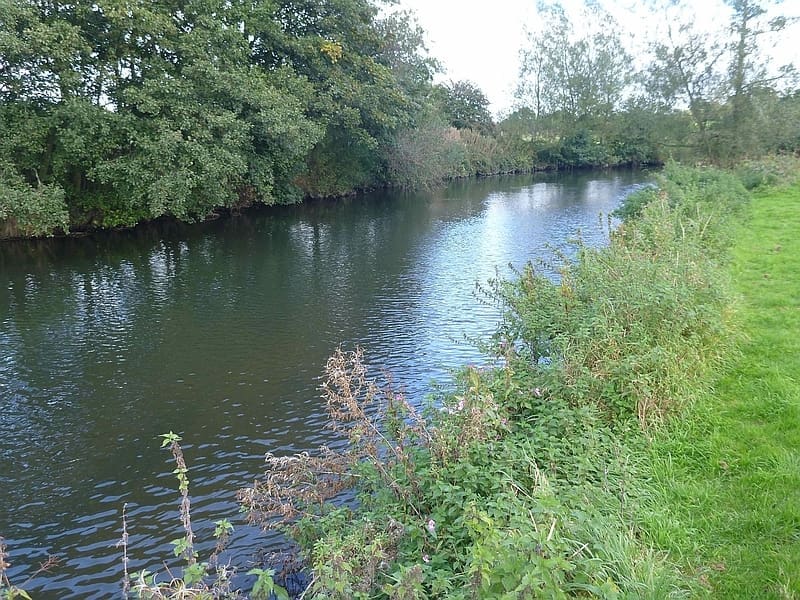An Atlantic salmon from the River Dove in Derbyshire has revealed crucial details about the success of local conservation efforts. Lucy Wood reports…
The female salmon, or ‘hen,’ was found on the riverbank in December 2024. She has since been studied by the Wild Trout Trust and the Environment Agency.

Through careful analysis, experts have now been able to discover important information about the salmon’s life. Fish scales grow outwards in concentric rings, like those inside the trunk of a tree. The number and spacing of the rings can communicate a lot about each animal, and also about the environments in which it lived.
“Using this technique, we can tell that the salmon hatched in early 2019 and spent her first two years in freshwater, most likely in the River Dove. She then migrated out to sea for three years before returning. As she was carrying eggs, we know that she came home to breed, but it seems that she was unable to complete her journey,” said the trust.
“The most exciting findings are that the salmon was five years old and weighed 15 pounds. This is older and larger than salmon that have previously been found in the River Trent and its tributaries, including the River Dove. In fact, salmon were lost entirely from these rivers in the mid-20th century, and their populations have gradually been recovering thanks to conservation efforts.
“Finding such a large fish in the River Dove suggests that there is a good quality of water and habitat in the area, which is fantastic news for freshwater wildlife. Brown trout, for example, have many of the same habitat needs, and so will also feel the benefit. Like the brown trout, the Atlantic salmon is an indicator species, which means that its presence or absence can provide crucial insights into the condition of its environment.
“This salmon’s return to the River Dove is a testament to the communities that are working hard to improve their rivers. The removal of the Dovecliff weir in 2021, for example, was a crucial step towards making the River Dove accessible for the species. The largest project of its kind in the country at the time, the weir removal enabled adult fish to reach their spawning grounds upstream.”
Tim Jacklin, deputy director and conservation officer with the trust, said of the discovery: “It’s really encouraging to see a salmon like this completing its lifecycle and travelling hundreds of miles, both downstream and back up again, via the Rivers Dove and Trent. It shows our rivers are capable of sustaining iconic species like this and underlines the importance of keeping them in a good condition.”



